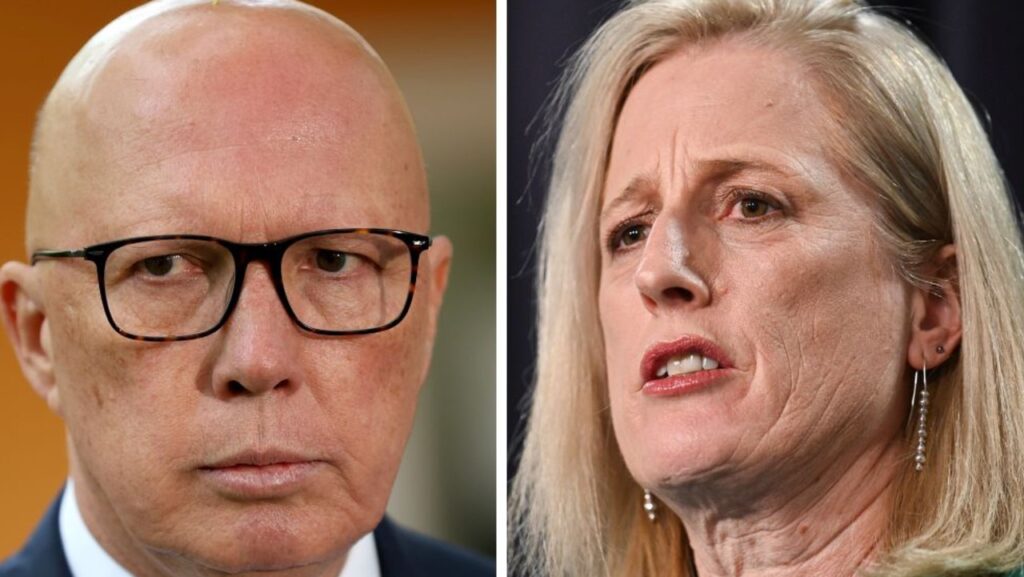Aussie wages rise for June quarter
Written by admin on August 13, 2024
Wages have grown nearly 1 per cent across Australian sectors in the past three months, driven particularly by gains in the public sector and construction.
Australian Bureau of Statistics data shows for the June quarter shows public administration and safety wages grew 1 per cent.
One analyst said the RBA would be “somewhat relieved” to see wage pressures subsiding.
However, without an improvement in productivity growth, the current pace of wage growth was still a “little too strong” for inflation to return to target quickly, Oxford Economics Australia head of macroeconomic forecasting, Sean Langcake, said.
Commonwealth pay increases led to an outsized increase in public sector wages for the quarter, the macroeconimist said.
“There has been a steady slowing in the pace of private sector wage growth over the past year, consistent with the slackening in labour market conditions,” Mr Langcake said.
Wage pressures are strongest in ‘non-market’ industries of health, education and the public sector, where hiring had been strongest during the past year, he said.
“Moreover, the construction industry continues to generate strong wage pressures, consistent with capacity constraints in the industry.”
Construction wages ticked up 0.9 per cent and professional, scientific and technical services workers gained 0.7 per cent.
As a whole, the bureau’s seasonally adjusted wage price index rose 0.8 per cent this quarter and 4.1 per cent during the past year.
The gains represent a plateau in yearly terms for this quarter
Annual wages growth peaked at a 14-year high of 4.2 per cent in December 2023; the previous two quarters have seen wages rise 4.1 per cent.
The private sector wages gain of 0.7 per cent is the equal lowest rise for the sector since the December quarter of 2021.
The public sector’s 0.9 per cent rise, up from 0.6 per cent last quarter, is the highest rise recorded for the sector in a June quarter since 2012.
All Australian public service employees received pay increases effective March 14 this year.
This led to a larger increase in the contribution Commonwealth jobs made to public sector wage growth; accounting for a quarter of the quarterly wage growth, the ABS data shows.
The number of workers getting a large annualised wage increase – over six per cent – has been steadily growing since early 2022, but plateaued this quarter at 14 per cent.
A little over three per cent of Australians got a wage cut in the past three months.
The most common wage change this quarter was a 4-6 per cent gain; Just over 31 per cent of workers had their pay bumped up by 4-6 per cent.
Enterprise agreements and award rates did not get pay increases at the same rate as individually set agreements, the data shows. In fact award rates barely moved the needle.
The mining industry recorded the highest quarterly rise, of 1.3 per cent.
Retail trade, healthcare and social assistance industries recorded the lowest quarterly rise in wages; 0.2 per cent.
However, those healthcare and social assistance workers had the highest wages growth in annual terms, of 5.0 per cent.
Other service industries recorded the lowest through-the-year growth; 3.1 per cent.
More to come







